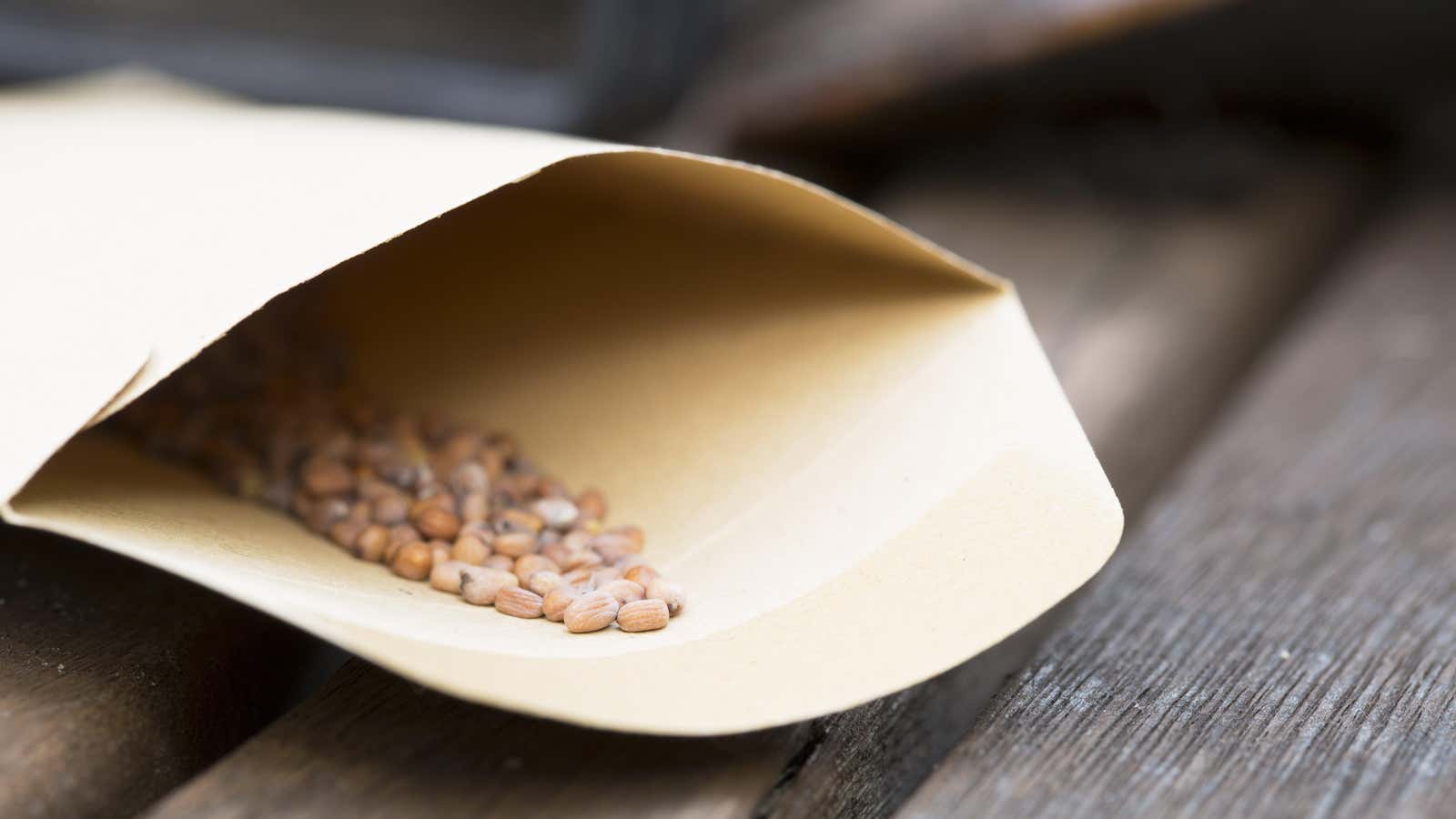How to Collect Seeds From Your Garden to Plant Next Year

Saving seeds from this year’s crop can save you money and hassle when buying seeds for next year’s garden. It’s also a practice that can make home gardening more sustainable: If you have a tomato or string bean variety that you particularly like, save a few seeds for replanting next year. . However, there are some tricks that will make saving seeds easier and more successful.
How to choose the right plant for collecting seeds
Choosing the right types of seeds to save is the first step. Keep in mind that seeds from hybrid vegetable plants will not necessarily produce the same results as the parent plant. If you want to get the same tomato as the one you planted this year, sticking to “free-pollinated” or “heirloom” rather than “hybrid” you will get the best results. This is because hybrids, also known as F1 plants, are cross-pollinations of two different plants with specific traits, while open-pollinated plants, also known as OPs, breed over several generations for a predictable outcome. If you’re up for a surprise, you can try using hybrids, but otherwise, open pollination is best.
Another thing to keep in mind is that self-pollinating species such as peppers, peas, beans, tomatoes, and eggplants are better for persistence than plants that require cross-pollination. Zucchini and other vines, as well as wind-pollinated plants such as corn, are more likely to cross-pollinate because they require cross-pollination with another plant rather than providing their own genetic material. Cross-pollination can lead to unpredictable harvest results, although again, if you like surprises, you can certainly give it a try.
How to collect your own seeds
Once you have selected a few seeds to save, you must harvest the mature fruit from the most productive and healthy plant you have and remove the seeds. Plants that thrive are more likely to have the strongest genetic adaptations, and using their seeds is likely to pass these traits on to offspring. Rinse them in a sieve or cheesecloth, depending on the size of the seeds, and place them on a paper towel or clean cloth to dry. Make sure the seeds are completely dry otherwise they will germinate.
If you want to see how well the seeds germinate, you can take a few, place them in a zip-lock plastic bag on a damp paper towel, and leave them on a windowsill. The germination rate of your sample will be the approximate germination rate of the seeds you store. This can give you some idea of how many seeds in a given batch will germinate and grow into a plant.
How to store seeds
Once the seeds have dried, you can store them at 32 to 41°F in an airtight jar or paper envelope. Don’t forget to label the containers so you remember what they are like next year when you board them. You will need to maintain a consistent temperature to keep the seeds healthy when you plant them in the spring.